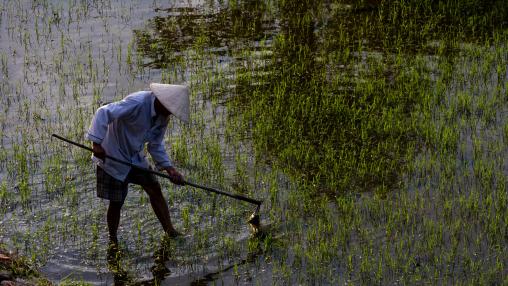
FAO Food Price Index Reaches Six-Month High
The FAO Food Price Index rose for the third consecutive time in August to hit a a six-month high in August. The 2 percent increase was driven by cereals, vegetable oils, and sugar prices
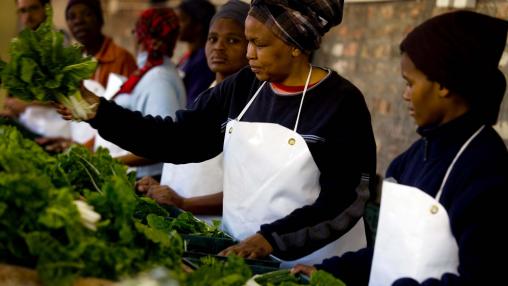
Can the World Reach the SDG Target of Zero Hunger by 2030? New 2020 SOFI Report
The world is not on track to achieve the Sustainable Development Goal of zero hunger by 2030, according to the 2020 State of Food Security and Nutrition in the World (SOFI) report, released in mid-July.
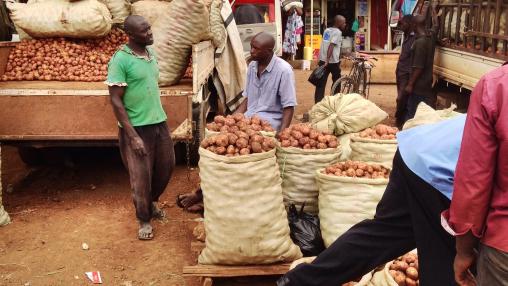
New COVID-19 Food Price Monitor tracks warning signs of stress in local markets
This post originally appeared on IFPRI.org.
Food systems are complex and the disruptions caused by COVID-19 are varied. Global analyses of trends in food supply, trade, and prices are useful. However, as Manuel Hernandez, Soonho Kim, Brendan Rice, and Rob Vos emphasize, daily price data in multiple countries and markets are needed to provide information to identify and respond to more specific local and national shocks—and a new Food Price Tracker tool is now available to meet this demand.—John McDermott, series co-editor and Director, CGIAR Research Program on Agriculture for Nutrition and Health (A4NH).
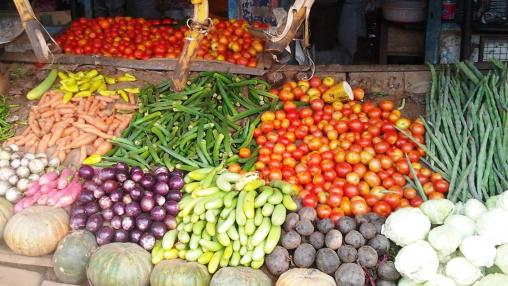
Poverty and food insecurity could grow dramatically as COVID-19 spreads
This post originally appeared on IFPRI.org blog.
As the COVID-19 pandemic spreads, social and economic relief measures—including fiscal stimulus and expansion of social safety nets—are crucial to prevent poverty and hunger from rising dramatically in developing countries. Rob Vos, David Laborde and Will Martin estimate this impact globally, finding that over 140 million additional people could fall into extreme poverty in 2020, including 80 million in Africa and 42 million in South Asia. Food insecurity would rise along with poverty. Without support, this global health crisis could thus cause a major poverty and food crisis.—Johan Swinnen, series co-editor and IFPRI Director General.
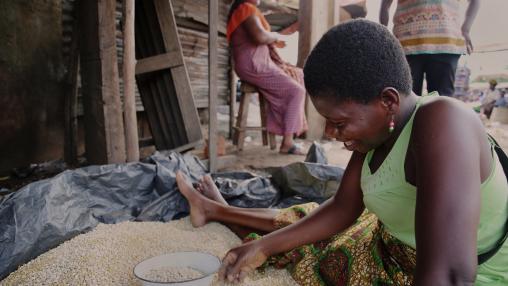
How COVID-19 may disrupt food supply chains in developing countries
This post originally appeared on IFPRI.org blog.
The organization of food supply chains (FSCs) is strongly affected by the level of economic development and factors such as urbanization and globalization. COVID-19 will thus have different impacts on FSCs in poor vs. in rich countries. Tom Reardon, Marc Bellemare and David Zilberman identify these structural differences and draw out the implications of widespread lockdowns and possible policy responses.—Johan Swinnen, series co-editor and IFPRI Director General.
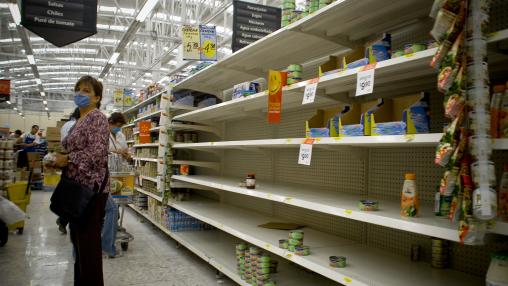
Coronavirus and the Implications for Food Systems and Policy
It originally appeared on Agrilinks.
The COVID-19 virus, commonly referred to as coronavirus, is spurring dramatic changes to economic, healthcare, transportation, and education systems around the world. No less important is the potential for COVID-19 to impact local and global food systems and their ability to provide safe, affordable, and nutritious food as well as sufficient incomes for people working in food and agriculture sectors. As the COVID-19 pandemic is still evolving, it is difficult to know the geographic reach and degree of impact we can expect to see across food production and distribution systems. Looking to past viruses as well as China’s handling of COVID-19, however, might help guide future responses in public policy and programming.
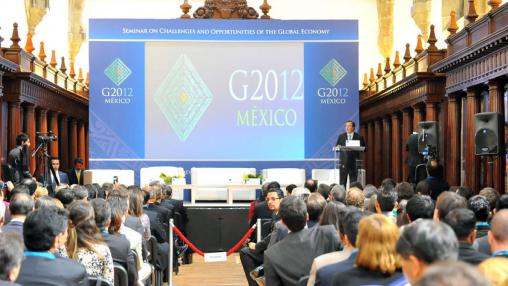
Mexico G20 Agriculture Vice Ministers/Deputies Report
The report of the G20 Agriculture Vice Ministers and Deputies released in 2012 followed up on the work of the 2011 Agriculture Ministers’ Action Plan [link to post on Action Plan]. The report discusses the progress made on a variety of initiatives, including the Agricultural Market Information System (AMIS), the Rapid Response Forum (RRF), the GEO-GLAM Crop Monitor, and the Tropical Agriculture Platform.
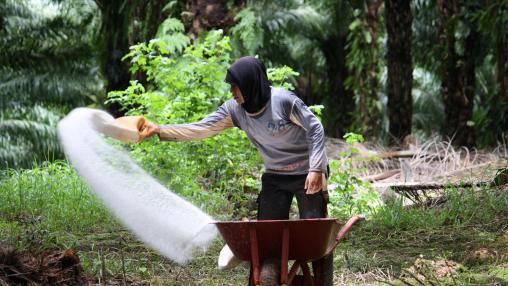
Improving Fertilizer Markets Through Competition
Fertilizer is a key piece of the puzzle when it comes to improving agricultural yields in developing countries. Despite widespread recognition of fertilizer's importance, however, many African farmers use substantially less fertilizer than their counterparts in Latin America and Asia. A new article in IFPRI's Insights Magazine examines why this is so, and how increasing competition in the global fertilizer market could help close the gap.
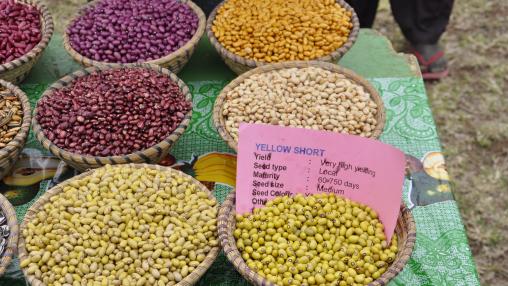
FAO Sees Steady Food Prices, Warns of Tight Supplies
After a volatile few months following the US drought, global food prices stabilized in January, according to the FAO's latest edition of the Food Price Index. The Index averaged 210 points in January, unchanged from a revised December average.

Latest USDA Supply and Demand Estimates Released
The USDA's latest World Agricultural Supply and Demand Estimate has been released, predicting low global wheat and corn stocks for 2012/2013. Global wheat supplies are projected to be slightly lower due to reduced production prospects in Argentina and lower reported production in Russia. US corn ending stocks are projected to be 44 million bushels lower; higher US wheat disappearance will leave the balance sheet historically tight and is expected to support continued strong and volatile prices.